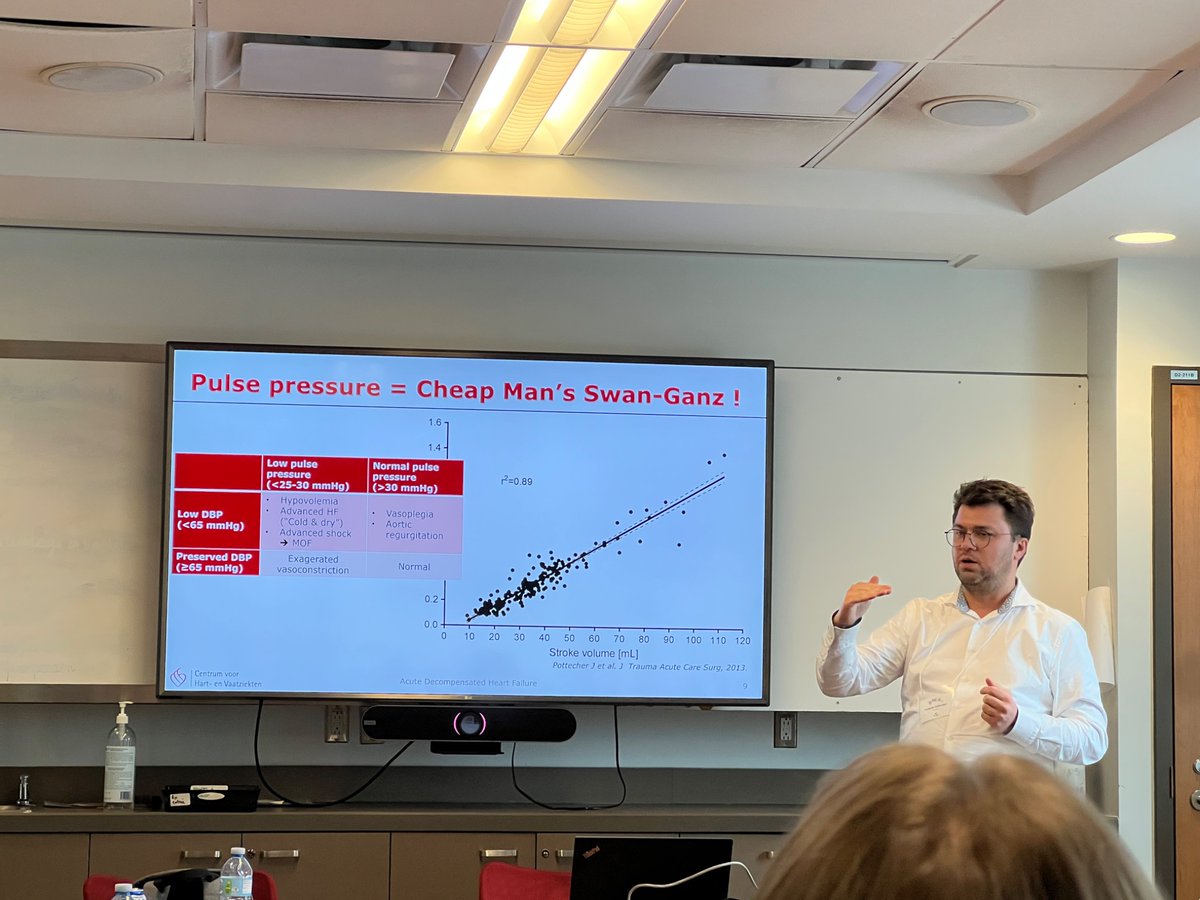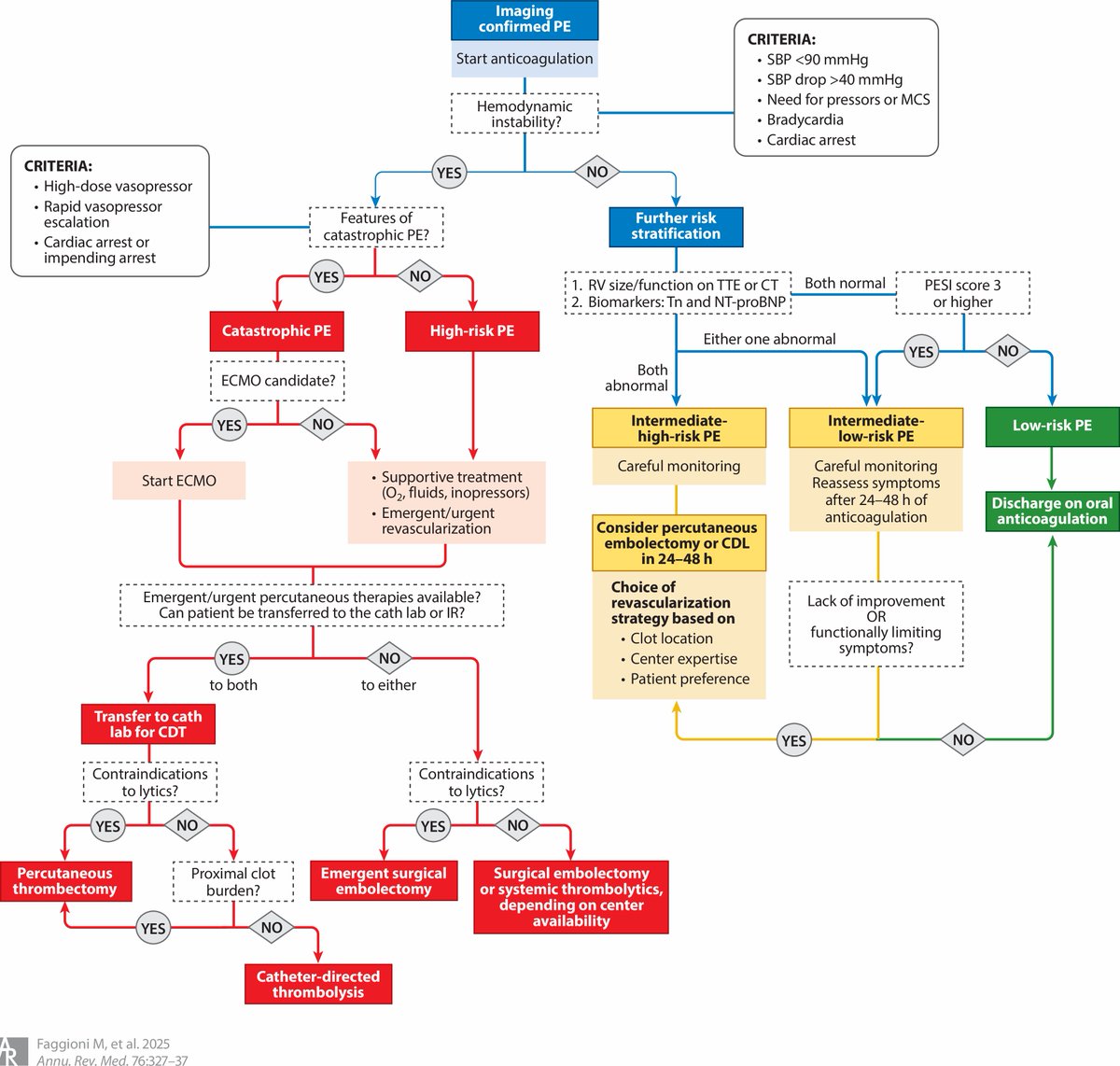
Claudia Castillo Zambrano
@claudiacastz
🇪🇨 MD @uees_ec | Internal Medicine PGY-1 @imdartmouth | coffee enthusiast ☕️ | interested in PCCM and MedEd | my opinions are my own
ID: 109308341
http://fireseahorse.wordpress.com 28-01-2010 16:43:24
38,38K Tweet
662 Followers
661 Following

Claudia Castillo Zambrano rocking the Rapid Fire with her case report on pulmonary lymphatic perfusion syndrome MayoPCCM CHEST #CHEST2024 METRIC CERTAIN
















Intern Report during Academic Half Day with this rockstar Alexandra Sheridan, MD #improud Dartmouth Internal Medicine





. Frederik H. Verbrugge says, pulse pressure is cheap man’s 🦢 Great talk on #heartfailure - #HR2025 Hospitalist side











